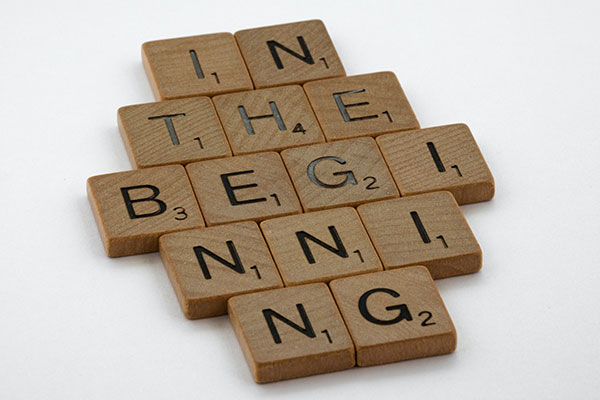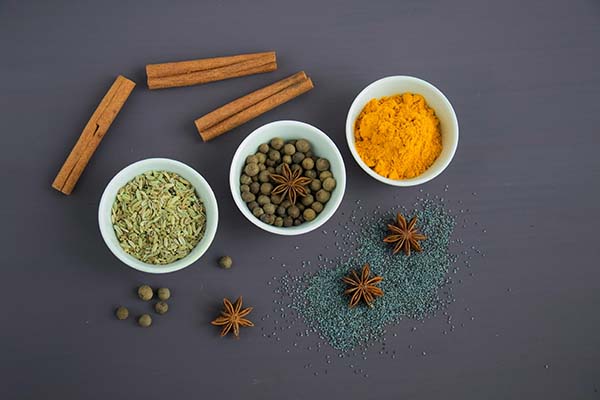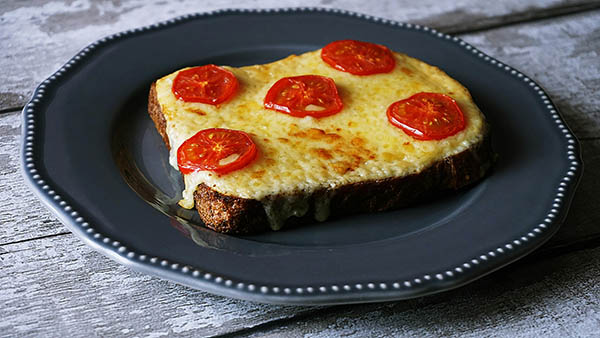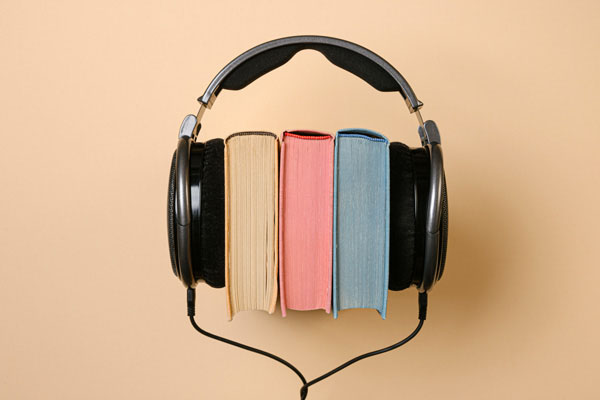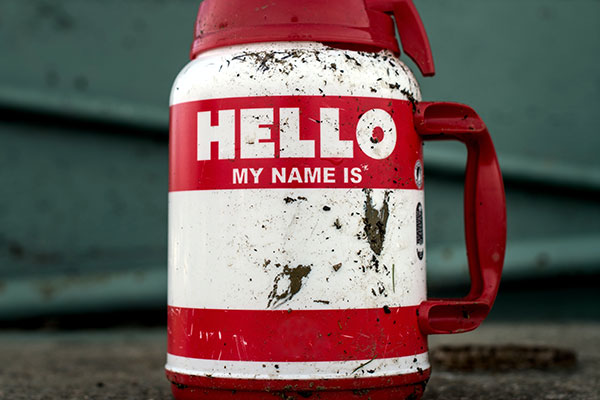From the Reading Chair
Writing Tips
Openings are crucial. If the opening pages of a story are weak chances are no one will ever get to the middle, let alone the end.
The very best opening sentences draw us in because they are like portals to a whole universe. They give promise of what is to come.
Plot is shaped as much by the emotional journey of the central character as it is by the events of the story. The two are interlinked.
It works best when we get to know characters gradually, piecing together defining details about them over the course of the story.
You need to know more about your characters than your reader is ever going to know.
Doing a chapter outline after a completed draft maximises the leap forward in the next draft.
Scene outlines are a key strategy in developing work for publication.
Getting from writer's draft to reader's draft is a process. Which development phase are you in?
You may be an excellent facilitator, good with blogs, and effective with one-on-one clients – but writing a book is another whole way of reaching an audience.
The content of your self-help book will likely contain a range of ingredients, a mix of material, so it's important to understand the role of each ingredient.
The self-help genre, also known as personal development, is as popular as ever with readers, and also with writers. The more you understand about the genre, the better.
A writing mentor can help you understand your work and your practice in new ways, and help you navigate the often tricky emotional terrain of writing a book.
One of the keys to success for a writer is an ability to pay attention to the macro as well as the micro, to the mundane as well as the sublime.
Theme. Plotlines. Characters. Backstory. Point of view. The artistry in developing work for publication lies in understanding how these elements work together to create your story design.
The central event is the one event the book cannot do without; it is central to and creates the story. Without it, the book collapses like a house of cards.
To develop your work and create a strong story structure, it is crucial to understand the major dramatic question that lies at the heart of your story.
Where does the real story lie? What is the essence of your tale? What are you really trying to say? What is it about?
When you are crafting your ending, think about whether you have said what you wanted to say. Are there any loose ends? Are there story questions posed that aren’t answered?
The key to choosing point of view is understanding the relationship you want the reader to have with the characters and events of the story.
Varying point of view distance allows you to control the relationship between the reader and the story to evoke specific responses.
When you choose multiple points of view, be mindful of the types of relationships you are building between the reader and the characters, and their purpose.
Listening to the written word helps us understand the effects we create through word choices. Read your own work aloud. Edit with your ears. You'll ‘hear’ things that you may not ‘see’ on the page.
The function and roles of subplots are important principles to understand, but there is no golden rule. That’s what makes the creative endeavour of writing fiction so alluring and at the same time so terrifying.
If scenes are the building blocks of story, summary is the mortar that holds the scenes together, and occasionally the keystone piece that supports the structure.
Recently I’ve been prompted to consider why a fat, pink heart may say more to us than the word ‘love’ or ‘xx’, and what this tells us about writing good dialogue.
What is a prologue, exactly? And do I need one?
Characters' names influence the reading experience in different ways. The choices you make are important.
Ever been stuck at a party with a guy who wants to tell you all about himself? Too much backstory! The same is true with characters on the page.
Structural issues are common in both fiction and narrative non-fiction book-length works. Understanding story structure is key.
Does advice to trim and tighten your writing mean shorter sentence lengths?

